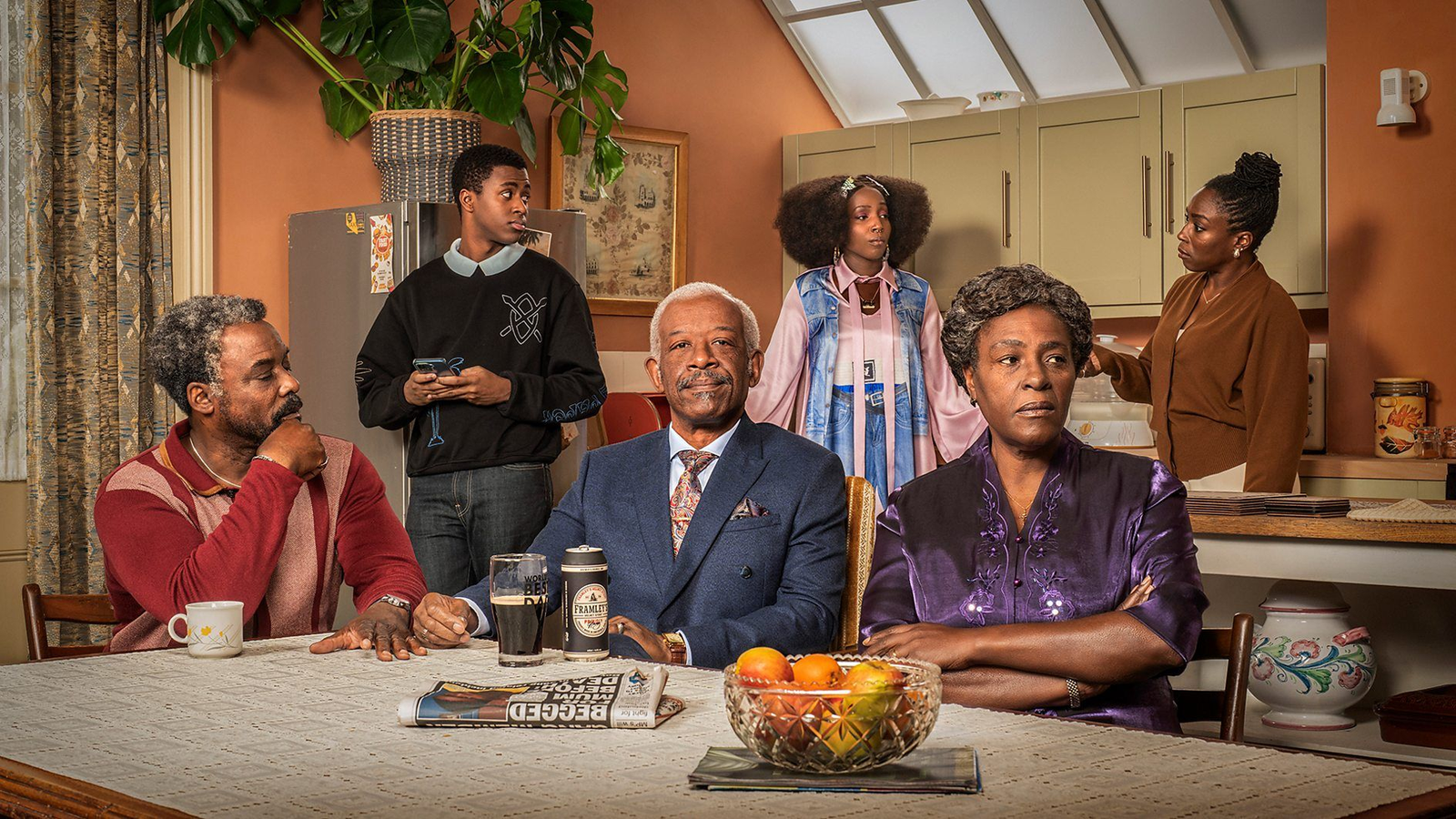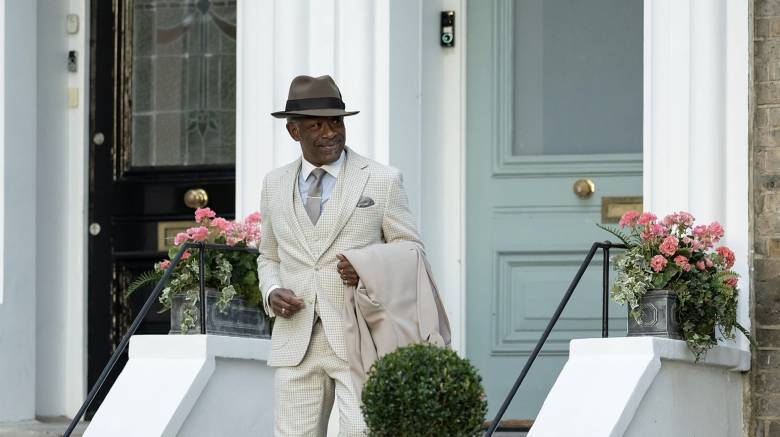The Enduring Allure of “Mr Loverman”

“Mr. Loverman,” a term inextricably linked to Jamaican dancehall, is most famously associated with Shabba Ranks’s 1990 hit song. However, the phrase has evolved beyond the confines of a single track, becoming a cultural archetype representing a specific type of male figure. This article delves into the multi-layered significance of “Mr. Loverman,” exploring the song’s origins, lyrical content, cultural impact, and the broader connotations the term has acquired over time.
From Kingston to the World: Shabba Ranks and Dancehall’s Global Breakthrough
Rexton Rawlston Fernando Gordon, known to the world as Shabba Ranks, was a dominant force in the late 1980s and early 1990s dancehall scene. His distinctive deejaying style (a Jamaican form of rapping or toasting), commanding stage presence, and often provocative lyrics catapulted him to international fame. “Mr. Loverman” emerged during this period, becoming one of his signature songs and a defining moment for the genre.
Key aspects of Shabba Ranks’s career and the context surrounding “Mr. Loverman” include:
Dancehall’s Roots and Evolution: Dancehall originated in Jamaica in the late 1970s, evolving from reggae and incorporating influences from various genres, including hip-hop, funk, and electronic music. Its defining characteristics are fast-paced rhythms, deejaying vocals, and often sexually suggestive or socially conscious lyrics.
Shabba Ranks Contribution to Dancehall’s Popularity: Shabba Ranks played a pivotal role in bringing dancehall to a global audience. His music, characterized by infectious rhythms, energetic delivery, and catchy hooks, resonated with listeners far beyond Jamaica, contributing significantly to the genre’s international breakthrough.
The “Ragga Muffin” Style and Shabba’s Sound: Shabba Ranks was a key figure in popularizing the “ragga muffin” style, a subgenre of dancehall characterized by heavy basslines, digital instrumentation, and a raw, often gritty lyrical delivery. This style became closely associated with his sound and contributed to his widespread appeal.
International Collaborations and Mainstream Crossover: Shabba Ranks’s collaborations with international artists, such as Maxi Priest and KRS-One, further broadened his reach and introduced dancehall to new audiences, facilitating the genre’s crossover into mainstream music markets.
“Mr. Loverman,” produced by Gussie Clarke, was released in 1990 and quickly became a massive international hit, cementing Shabba Ranks’s status as a dancehall superstar and firmly establishing the “Mr. Loverman” persona in popular culture.
Decoding the Lyrics: Suggestion, Metaphor, and the Stir of Controversy
“Mr. Loverman” is primarily known for its suggestive lyrics, which revolve around themes of romance, seduction, and sexual prowess. The lyrics often employ metaphors, innuendo, and Jamaican Patois, contributing to the song’s distinctive character and creating layers of interpretation.
Key aspects of the lyrical content and its interpretations include:
The Central Theme of Romantic and Seductive Encounters: The lyrics focus on a charismatic male figure, the titular “Mr. Loverman,” portrayed as highly skilled in the art of romance and seduction, captivating the attention and affections of women. This portrayal contributes to the song’s overall theme of romantic and sexual attraction.
The Use of Metaphor, Innuendo, and Patois: The lyrics frequently employ metaphors and innuendo to allude to sexual encounters, leaving much to the listener’s imagination and contributing to the song’s playful and often provocative tone. The use of Jamaican Patois adds another layer of cultural context and linguistic richness.
The Spark of Controversy Surrounding Explicit Content: The song’s explicit content generated controversy in various circles, particularly in more conservative societies. However, this controversy also contributed to the song’s notoriety and commercial success, generating significant media attention and public discussion.
Differing Interpretations and Debates on Representation and Objectification: Interpretations of the lyrics vary, with some viewing them as a celebration of male sexuality and confidence, while others raise concerns about potential objectification and stereotypical portrayals of both men and women. This difference in interpretation highlights the complexities of analyzing music within different cultural contexts and perspectives.
The lyrical content of “Mr. Loverman” has been a subject of ongoing discussion and debate, reflecting the complex interplay between music, sexuality, cultural norms, and individual interpretations.
Cultural Impact and Enduring Legacy: The Birth of a Cultural Archetype
“Mr. Loverman” had a profound impact on popular culture, both within Jamaica and internationally. It played a significant role in popularizing dancehall music on a global scale and introduced many to the nuances of Jamaican Patois.
Key aspects of its cultural impact and lasting legacy include:
Globalizing Dancehall and Jamaican Culture: The song’s international success was instrumental in bringing dancehall music and Jamaican culture to a broader global audience, contributing to their wider appreciation and influence.
Introducing Jamaican Patois to the World Stage: The prominent use of Jamaican Patois in the lyrics exposed many listeners to the language and cultural nuances of Jamaica, contributing to its global spread and recognition.
Influence on Subsequent Genres and Artists: The song’s influence can be observed in the work of various artists across different genres, including hip-hop, R&B, and pop, demonstrating its lasting impact on popular music and its cross-genre appeal.
The Crystallization of the “Mr. Loverman” Archetype: Perhaps most significantly, the term “Mr. Loverman” has transcended the song to become a cultural archetype, representing a specific type of male figure characterized by charisma, charm, and romantic (and often sexual) prowess.
The song’s legacy extends far beyond its initial musical success, contributing to the global dissemination of Jamaican culture and shaping broader cultural perceptions of masculinity and romance.

The “Mr. Loverman” Archetype: Exploring the Spectrum of Connotations
The term “Mr. Loverman,” having moved beyond the song, has become a cultural archetype with a range of connotations, both positive and negative, depending on the context, cultural perspective, and individual interpretation.
Key characteristics and interpretations of the “Mr. Loverman” archetype include:
Charisma and Irresistible Charm as Core Traits: A “Mr. Loverman” is typically perceived as charismatic, charming, and possessing an almost magnetic personality, capable of attracting and captivating others with ease. This charm is often presented as a natural talent.
Mastery of Seduction and Romantic Gestures: He is often portrayed as highly skilled in the art of seduction and romance, knowing how to woo and impress potential partners with romantic gestures and smooth talk.
Confidence, Self-Assuredness, and Swagger: He exudes confidence, self-assuredness, and often a certain swagger, which contributes significantly to his overall appeal and perceived attractiveness. This confidence can sometimes border on arrogance.
The Shadow Side: Roguish Behavior, Infidelity, and Potential for Manipulation: The archetype can also carry negative connotations, suggesting a tendency towards roguish behavior, infidelity, or even manipulation, depending on the context and the specific portrayal. This darker side can lead to the “Mr. Loverman” being seen as untrustworthy or even dangerous.
Variations in Cultural Interpretations and Shifting Social Norms: The interpretation of the “Mr. Loverman” archetype can vary significantly across different cultures and social contexts, reflecting diverse cultural norms and expectations regarding masculinity, relationships, and sexuality. As social norms evolve, so too does the perception of this archetype.
This archetype has become ingrained in popular culture, appearing in various forms of media, from music and film to literature and television, influencing how certain male characters are portrayed and perceived.
FAQs
What is Mr. Loverman about?
Mr. Loverman is a novel written by Bernardine Evaristo, first published in 2013. It tells the story of Barrington Jedidiah Walker, a 74-year-old man of Jamaican descent living in London, who has been secretly in a romantic relationship with his best friend, Morris, for decades. Despite being married to Carmel, his wife of over 50 years, Barrington is deeply in love with Morris. The novel explores themes of identity, love, family dynamics, and the hidden struggles of aging LGBTQ+ individuals, especially within the context of the Caribbean community.
Who is Barrington Jedidiah Walker?
Barrington Jedidiah Walker is the protagonist of Mr. Loverman. He is a charismatic, smooth-talking man who has lived a double life, balancing his marriage with Carmel and his secret love affair with Morris. Although outwardly, Barrington is seen as a proud family man, his internal world is filled with the complexities of his concealed sexuality. As he grows older, Barrington begins to reflect on his life, the choices he has made, and his desire to finally live authentically.
What role does Barrington’s marriage to Carmel play in the novel?
Barrington’s marriage to Carmel is central to the narrative. While he loves Carmel, their relationship is complicated by Barrington’s unspoken truth. Carmel, who has been with Barrington for decades, suspects his infidelity but remains unaware of the extent of his feelings for Morris. Their relationship highlights themes of loyalty, betrayal, and the emotional complexities of long-term marriage. Carmel’s struggles mirror Barrington’s own internal battle, as both characters grapple with the consequences of living a life that is not fully authentic.
To read more, Click here



Leave a Comment